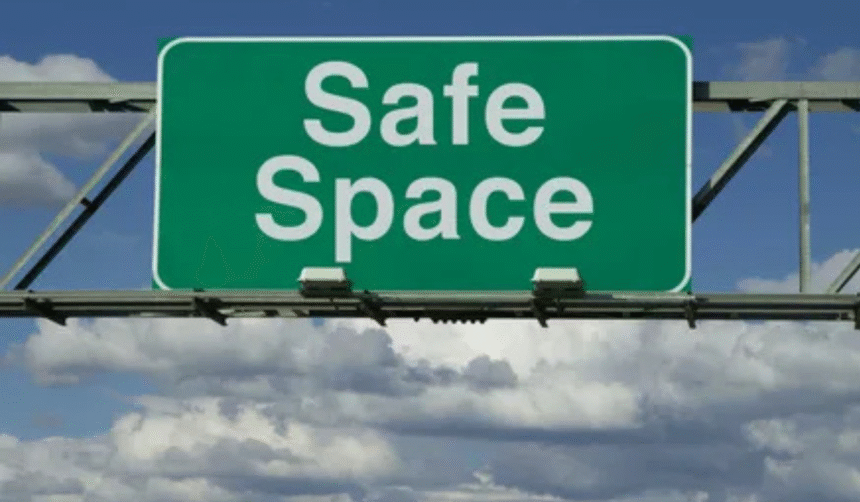Creating a safe environment—whether at home, in the workplace, or in public spaces—has become more essential than ever in today’s fast-evolving world. Hidden hazards often lurk where we least expect them, and many risks are not immediately visible. For example, dangers such as loose wiring, chemical residues, or the presence of asbestos in older structures can remain concealed until their impact becomes severe. Employing professional asbestos testing services is a crucial first step, especially for owners and occupants of aging buildings, as undetected asbestos fibers can have long-term health consequences. Ultimately, the foundation of proper safety is built on constant vigilance, ongoing assessments, and a dedicated focus on fostering a culture where everyone takes responsibility for hazard identification and prevention.
Proactive safety means striving to anticipate and address possible hazards before they escalate into actual incidents. This forward-thinking approach is vital for creating spaces where people feel truly secure. By understanding and regularly reviewing the specific threats your environment might face—and by involving all building occupants or family members in the process—you develop comprehensive protection for everyone involved. The following guide explores a spectrum of practical strategies, making it easier to uncover hidden dangers early and create a secure, welcoming space where health and well-being are prioritized.
Conduct Regular Safety Inspections
The safest environments are those that welcome regular, thorough inspections, leaving no stone unturned. Begin by systematically assessing all accessible areas, from main entryways to storage closets, frequently identifying common threats such as exposed electrical components, slippery surfaces, trip hazards from clutter or torn carpets, and loose handrails on staircases. For those residing or conducting business in structures built before current safety codes, professional inspections can make all the difference. Overlooked threats—like asbestos within ceiling tiles, insulation, or old flooring—may release microscopic fibers into the air, posing significant health hazards over time.
Utilizing asbestos testing services brings peace of mind and ensures compliance with rigorous safety standards set forth by regulatory bodies. Regular checks of fire alarms, smoke detectors, carbon monoxide sensors, and emergency lighting should also be scheduled, as these systems provide a first line of defense during emergencies. Maintaining a documented checklist for all of these inspections guarantees that crucial areas are never neglected, helping you maintain a consistently safe space.
Educate and Train Occupants
The individuals in your environment—from building residents to employees or frequent guests—are your greatest allies in sustaining ongoing safety practices. Regular training sessions bring everyone up to speed on safety protocols, helping everyone recognize potential threats and take swift action. Effective training can empower people to instinctively know when and how to evacuate, extinguish small fires when safe using appropriate equipment, or secure hazardous materials to keep vulnerable individuals, such as children and pets, out of harm’s way. In professional settings, hosting periodic drills and targeted instructional sessions is vital for engraining core safety principles. Equipping staff with tools and the knowledge needed to address both everyday concerns and rare emergencies creates a robust culture of preparedness. Similarly, in the home, teaching children fundamental concepts—like what to do if they smell smoke, how to use emergency contact numbers, or the significance of not touching unknown substances—lays the groundwork for lifetime safety awareness. When everyone understands their role and the risks involved, early intervention becomes second nature, translating to fewer accidents and a greater sense of security for all.
Monitor Air and Water Quality
Air and water are foundational to health, yet contaminants often go undetected until symptoms appear. Mold, lead, radon, volatile organic compounds, and chemical residues are just a few examples of pollutants that can accumulate in air and water supplies. Investing in routine water quality analysis helps spot contaminants such as bacteria, heavy metals, or chemicals before they impact health. Meanwhile, modern air quality monitors can deliver real-time data on pollutants like mold spores, allergens, carbon monoxide, and particulate matter, alerting you to issues before they become hazardous. Incorporating advanced air filtration systems or water purification technologies offers substantial health protection, especially in households with immune-compromised individuals, children, or elders who may be more susceptible to environmental toxins. If testing uncovers problems, prompt remediation—ranging from waterproofing and mold removal to improving building ventilation or water filtration—should be prioritized to restore and maintain a healthy atmosphere.
Implement a Risk Mitigation Plan
Assess and Prioritize Risks
A tailored risk mitigation plan starts with meticulously evaluating your unique space. Walk through each room or area to list potential hazards: Is the structure’s foundation stable? Are wiring and electric outlets outdated, or is there evidence of water leaks in the walls? Are hazardous chemicals, sharp tools, or cleaning agents accessible to unsupervised individuals? Prioritizing these risks based on their likelihood of occurrence and the severity of their potential impact helps you address the most pressing issues, preventing accidents before they arise.
Action and Emergency Preparedness
With risks cataloged and prioritized, it’s time to establish concrete steps for mitigation. Schedule timely repairs or upgrades—such, modernizing electrical systems, fixing structural weaknesses, or relocating hazardous substances to secured cabinets. Stock each zone with operational fire extinguishers, plainly marked emergency exits, and comprehensive first-aid supplies that are easily accessible to all. Don’t just create an emergency plan—make sure every occupant understands it through practice, designating specific roles so that everyone knows precisely what to do in the event of a crisis. Practiced preparedness is a key line of defense against harm.






